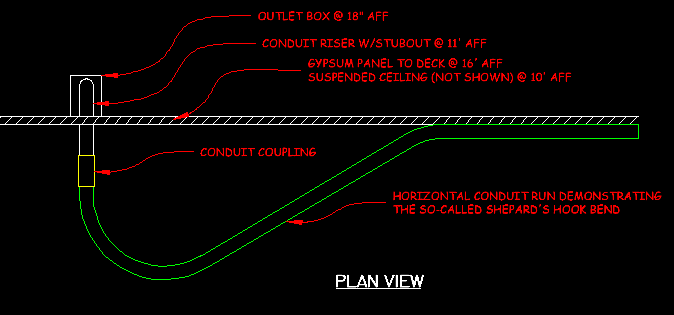Brady Electric
Senior Member
- Location
- Asheville, N. C.
Is 90 degrees the maximum bend?
I also have done this but try to put a pull box if I can. I would hate to be on the pulling end without a motorized puller and yellow 77. Semper Fi
I also have done this but try to put a pull box if I can. I would hate to be on the pulling end without a motorized puller and yellow 77. Semper Fi


